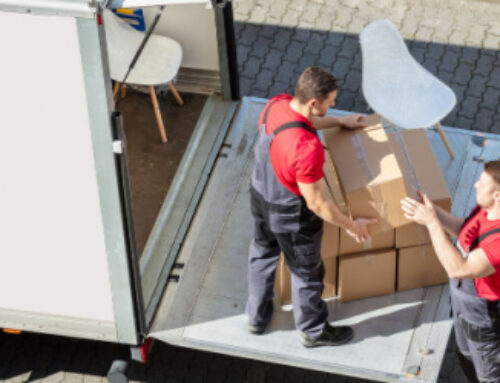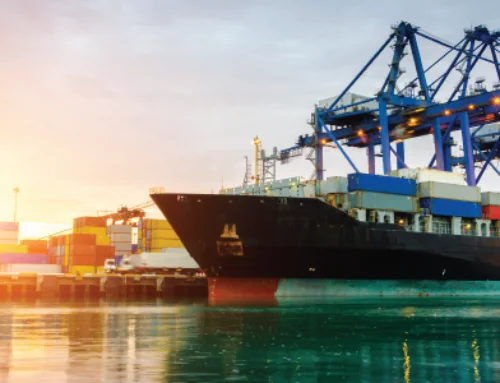With white sand beaches, waterfall hikes, turquoise waves and amazing surf spots, it is no wonder why so many people consider moving to Hawaii. For others, trading in a busy city schedule for the slower-paced island lifestyle is more than just a dream: it’s the next move they want to make. Before packing your bags and booking a one-way flight to the Aloha State, here are a few things you should know to make your move to Hawaii as smooth as possible!
Find Your Island Fit
When it comes to choosing which island you or your family want to move to, there are two major things to think about: the kind of lifestyle are you looking for and the amenities are you willing or not willing to part with to achieve that lifestyle. Whether you’re looking for the seclusion of Lanai, the bustling activities of Oahu or the lush greens of Kauai, it’s important to decide which island characteristics best suit your lifestyle. Once you have that figured out, the next step is determining what you can and can’t live without.
If you’re not moving to Hawaii to retire, then choosing an island where you can find a job with enough pay to support yourself will be a major factor as well. Oahu has the highest job salaries, but also the worst traffic and most dense population. Maui’s housing prices are higher than many of the other islands, but it also has one of the lowest unemployment rates. Just like moving to any city, living in Hawaii is a lot of give and take, so figure out what factors are most important to you and find the island that fits your needs.
Prepare for Life on a Tropical Island
Moving to Hawaii from a metropolitan city or mainland state is not just one big change; it is also filled with a lot of little changes you might not expect. Depending on what city you move to, it may be a good idea to switch phone carriers or purchase a signal booster for your home. Roads on the islands are often confusing and take some getting used to, so make sure that the navigation software on your smart phone or GPS system is up to date. Having a quality navigational tool will make a huge difference when you first start exploring your new home.
Also, be mindful of what kinds of furniture and materials you bring with you to your new house. A vintage wooden dining set might be beautiful in your lakeside cabin, but in Hawaii’s tropical climate, antiques are often difficult to preserve. Depending on what part of Hawaii you move to, expect to repaint more frequently and see rust on your metal materials more quickly than you would in less-damp climates.
Expect a Language Barrier
Hawaii is still in the United States, so doesn’t everyone speak English? Well, the answer is yes and no. While few locals on the island speak the 13-lettered Hawaiian language as their native tongue, they do use a lot of common phrases and expressions. Many of the state’s population speak what is called Pigdin, or Hawaiian Creole English, in everyday conversation.
Here are a few common phrases you might hear when you arrive in Hawaii:
Da kine: that thing
Howzit: How are you?
No need: That isn’t necessary
No act: Don’t lie
Try wait: Please wait
While not a huge culture shock, hearing the pidgin language in Hawaii is often a surprise to those who haven’t spent much time conversing with locals outside of major tourist attractions or cities. Expect a small learning curve as you get used to the local language, and be sure to get plenty of opportunities to learn by asking the locals for their advice.
Think Locally
Bags are packed, plane tickets are booked and your new Hawaiian dream home is waiting for you. So you’re all ready for your new life, right? Almost! There are still a few things you’ll need to be mindful of in order to make this lifestyle transition a smooth one.
First, be sure to get your new Hawaiian driver’s license as soon as possible. Many of Hawaii’s restaurants, hotels and shops will offer discounts to local residents (these discounts are known as “Kamaaina”). In addition to getting the occasional discounts, your fellow locals are your new best friends. They are the ones who will know of the best hidden hikes, local sights and more. When it comes to food, they can point out the local favorites, as well as where to get the freshest fish or local produce (which will be much cheaper than marked-up grocery store products that have to account for shipping).
Be mindful that many lifetime residents are used to a lot of people who come and go from their hometowns, so make an effort to get to know them and take every opportunity you can to learn about the culture, history and people of your new home!
Plan Your Move
When you find yourself wondering how to move to Hawaii it is time to begin seriously planning out the logistics. At Royal Hawaiian Movers we specialize in helping families across the country move to Hawaii. With over 30 years of experience we have the knowledge, skills and equipment needed to make relocating as seamless as possible. Learn more about our process here and be ready to make your move when the time comes!



